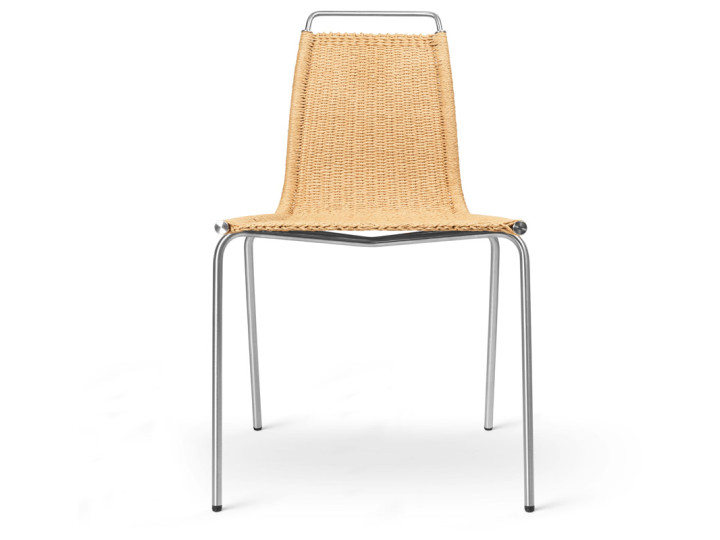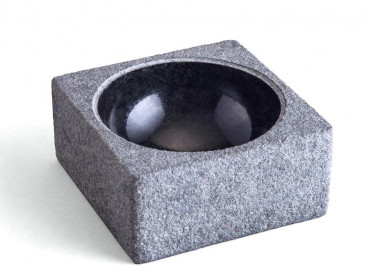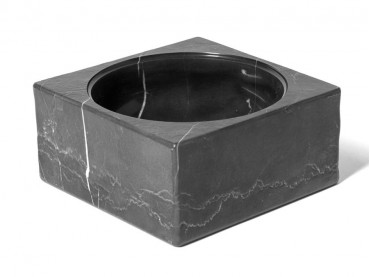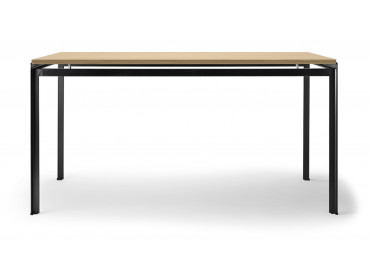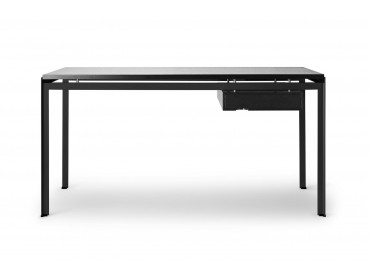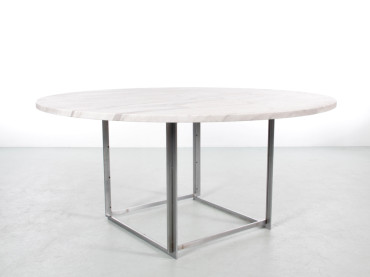Mid-Century modern scandinavian chair model PK1 by Poul Kjærholm
-
Poul Kjearholm
-
Carl Hansen & Søn
- CH031 On demand. Delivery time 8-10 weeks
Mid-Century modern scandinavian chair model PK1 by Poul Kjærholm *Required step
In order to help you to choose, and to receive samples, do not hesitate to contact us by email: contact@galerie-mobler.com or by phone: 01 43 33 20 12
The PK1 chair, designed by Poul Kjærholm, perfectly captures his hallmarks of function and clarity. Kjærholm became known as one of the most uncompromising furniture designers of his generation, as well as one of the finest representatives of modernism. The PK1 also serves as an outstanding example of Kjærholm’s unique ability to realize the full potential of his chosen materials, and demonstrates his search for authenticity and perfection in form, function, and execution. A complex design with a straightforward, minimalist expression, the PK1 dining chair is brought to life through expert craftsmanship, including the precise weaving of either 55 meters of flag halyard or beautifully crafted woven wicker. The pairing of the organic weaving mateiral with a dynamic steel frame results in exceptional comfort and visual lightness, making this stackable chair perfect for both classic and modern interiors.
| Year | 1955 |
| Dimensions | H : 76,9 cm. W : 50,4 cm. D : 51,7 cm. Seat H : 47 cm. |
| Material | Paper cord. Chromed steel base, stainless steel or black lacquered steel. |
| Style | Classique Neuf |
| Origin | Denmark. |
| Fournisseur | Carl Hansen & Søn |
Poul Kjearholm
Denmark (1929-1980)
Architect Poul Kjærholm finished his training as a cabinetmaker in 1949 and continued his education at the Danish School of Arts and Crafts’ Furniture School, graduating in 1952. At the same time he sat in on lectures at The Royal Danish Academy of Fine Arts’ School of Architecture. He first taught at The Danish School of Arts and Crafts and then at The Royal Danish Academy of Fine Arts’ School of Architecture, where he took over Ole
Wanscher’s professorate in 1976. Poul Kjærholm was inspired by the international functionalism and its minimalist steel tube furniture, but he did not imitate it. He elaborated on it and developed it until he had created independent furniture in a personal style. The starting point was the particular qualities of the steel; the aim was that the shape of the object should reflect the material it was made from.
This started with Kjærholm’s final examination project from The Danish School of Arts and Crafts, the Flagline chair (PK25), where each side consists of a piece of sliced spring steel, which has been bent to form both legs and armrests. A few years later he had re-designed PK25 and created a new recliner (PK22) consisting of a few steel components, which had been joined with Allen screws (RP00219). This made it easier to create clear and readable constructions, where even the joints with Allen screws were used decoratively. The steel was matt polished to avoid reflections from the light. PK22 was the first chair in a series of steel tube furniture based on the same construction scheme. A good example is the classically beautiful armchair PK11, the serene Tulip chair PK9 (RP00221) and the elegant lounger PK24 (RP00224). It was not just the furniture that had to be beautiful, the individual parts had to be so too. Kjærholm demonstrated this by joining several identical construction elements together into large sculptures at his exhibitions. Kjærholm also experimented with wood furniture and created the pivotal shell chair of moulded veneer PK0 (RP01481) and the armchair PK15 made from steambent wood.
With his sculptural steel furniture, Poul Kjærholm created his own style of furniture characterized by simple and serene constructions, which also functioned on the purely aesthetic level. One might say that Poul Kjærholm was a pioneer of steel furniture in the same way as Hans J. Wegner was a pioneer of wooden furniture.

